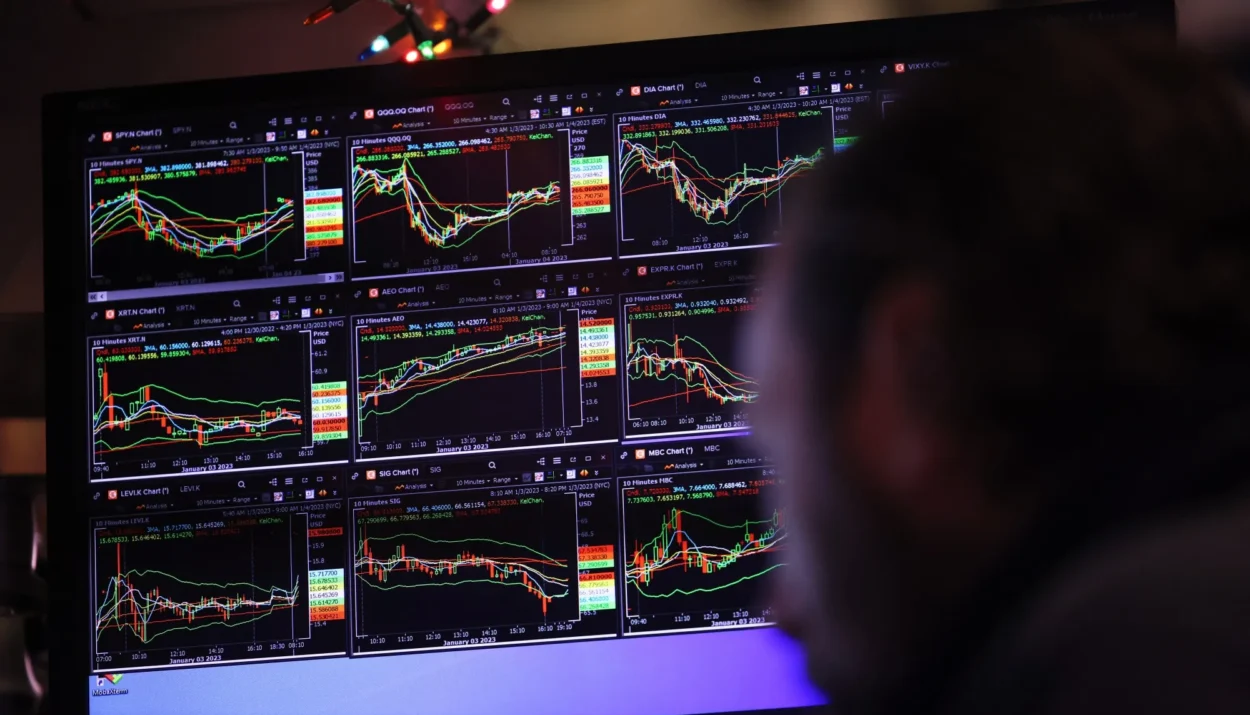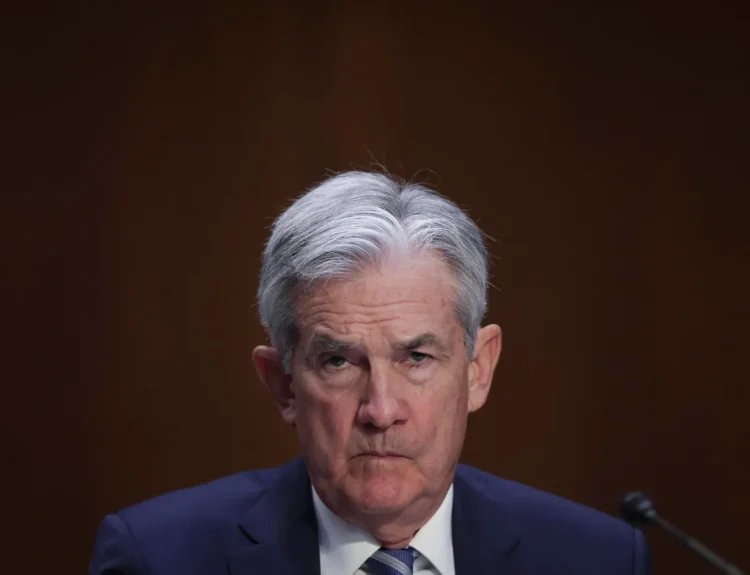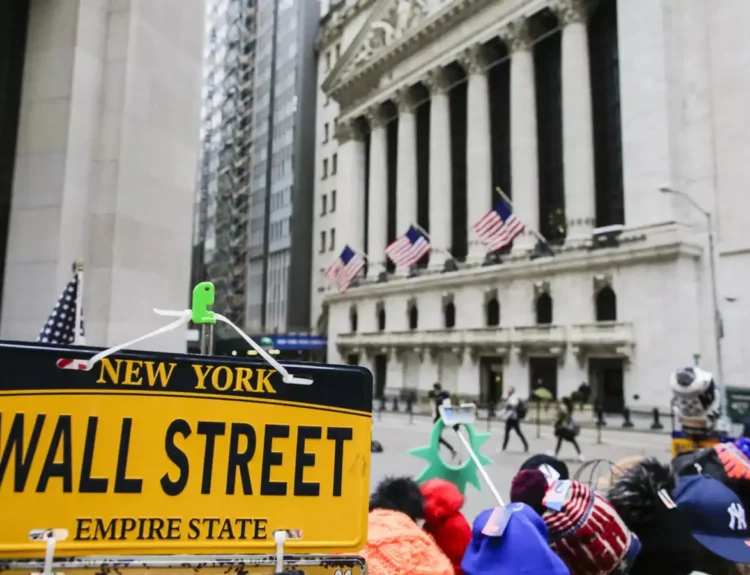Understand what matters, what to ignore, and what all these confusing terms actually mean in options flow.
First Things First: What Is Options Flow?
Options flow is the record of big trades being made in the options market — it’s like watching what the smart (or big) money is doing. These trades show when someone buys or sells a lot of options contracts at once.
Now, what’s an option?
🔹 An option is a contract that gives you the right (but not the obligation) to buy or sell a stock at a specific price (called the strike price) before a certain expiration date.
There are two types of options:
- Call option = You expect the stock price to go up
- Put option = You expect the stock price to go down
Each options contract controls 100 shares of the stock. So when someone trades 10,000 contracts, it’s a very large trade — they’re betting on 1 million shares.
Example 1: Confusing Flow – PDD $129 Calls
- Stock: PDD Holdings ($PDD)
- Option: $129 call (means they expect PDD to go above $129)
- Expiration: April 4
- Trade size: 10,000 contracts
- Price paid per contract (premium): $0.70
- Total money spent: $700,000
- Fill type: Ask-side fill (they paid the full asking price)
- Bid/Ask spread: $0.00 (bid) / $0.70 (ask)
💡 Bid = highest price a buyer will pay
💡 Ask = lowest price a seller will accept


Why this is confusing: The bid was $0.00, meaning no one was trying to buy this contract at all — that’s a red flag. The trader jumped in and paid the full ask price, but with no real buyers lined up, it’s hard to know why they did it.
- Was it a hedge?
- Were they already short the stock?
- Was it even a bullish bet?
Key takeaway: If a trade doesn’t make sense, don’t force it. Just move on.
Example 2: Mixed Signals – DAR $40 Call Spread
- Stock: Darling Ingredients ($DAR)
- Trade: 10,000 contracts of $40 calls (buying the right to buy at $40)
- Fill: At $1.37 (near the ask side)
- But… it’s a multi-leg trade (more than one option was involved)


When we look deeper, we see the trade was paired with:
- $35 calls (5,000 contracts)
- Both trades were ask-side fills, meaning they were both likely being bought
💡 Normally in a spread, you buy one option and sell another to limit risk or cost.
So why are both legs being bought?
This is where things get confusing again:
- Could be a ratio spread (complex strategy)
- Could be two different traders
- But we can’t know for sure


Key takeaway: If you can’t tell what someone’s doing, don’t guess — just skip it.
Example 3: Clean and Simple – TECK $39 Calls
- Stock: Teck Resources ($TECK)
- Option: $39 call
- Expiration: May 16
- Type: Single-leg trade (just one option)
- Repeated activity at the ask price
- Volume is high, and open interest suggests new positions
💡 Open interest = total number of existing contracts that haven’t been closed
If volume is higher than open interest, it likely means new trades


Also:
- This option was traded earlier on April 2
- Back then, the contract cost 3x more, but now it’s cheaper — likely a new entry
Key takeaway:
- Clean flow
- Single-leg trade
- Repeated ask-side fills
- Much more reliable signal than the last two


Example 4: Full Round-Trip – TSLA $200 Puts
- Stock: Tesla ($TSLA)
- Option: $200 puts (expecting stock to go down)
- Expiration: April 25
- March 30: Big bid-side action (means someone was selling puts, probably bullish)
- But the same amount of contracts were traded at the ask on March 27 — likely buying puts


And then what happened?
- Open interest dropped the next day — meaning someone closed their position
Chart data shows two equal-sized trades:


- One buy-to-open
- One sell-to-close
Key takeaway:
- Use volume + open interest to see if a trade is opening or closing
- This trade tells a full story: entry and exit


How to Think About Options Flow (Especially During Volatile Markets)
Options flow is a helpful tool — but only when you can understand what’s going on.
Here’s your simple checklist as a beginner:
- Stick with single-leg trades (one option, not a combo)
- Look for repeated trades at or near the ask price
- Check open interest — if volume is higher, it might be a new position
- Avoid trades with wide bid/ask spreads or zero bids — that’s a red flag
- If you’re confused, skip it. No shame in that.
And remember: just because a trade is big doesn’t mean it’s smart.
Main source: Unusual Whales
Disclosure: This article does not represent investment advice. The content and materials featured on this page are for educational purposes only.
Related:
Bear Market Survival Guide: How to Stay Smart, Calm, and Positioned for the Rebound
De-Dollarization: The Global Shift That Could Redefine the Future of Money
Dollar Role in Global Economy: Analyzing US dollar future’s reserve currency status
The Dot-com bubble burst: How irrational exuberance led to tech stock collapse
Energy Transition and Its Macro Impact
Collapse of Enron (2001) – How corporate fraud reshaped corporate governance










